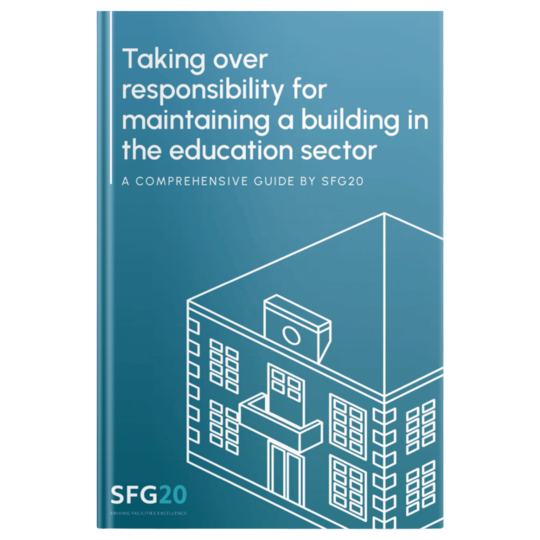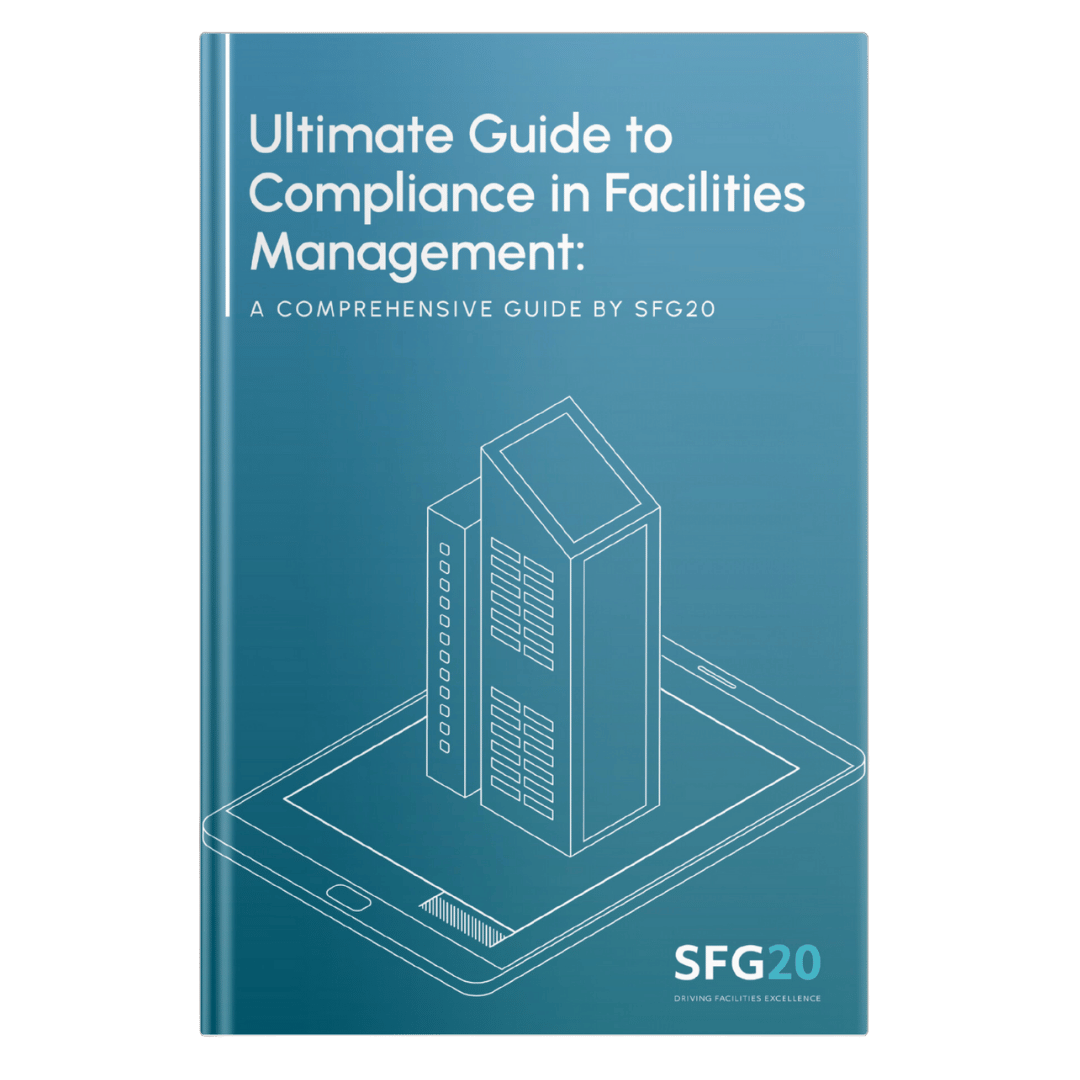Download your free copy of Taking Over Building Maintenance in Education
Managing building maintenance in the education sector comes with unique challenges, from ensuring compliance with health and safety standards to meeting the needs of students and staff. When you’re new to this responsibility, a clear, structured approach is essential to avoid disruptions and ensure a smooth transition.
Our guide offers a step-by-step framework for taking over building maintenance in schools, colleges, and other educational facilities. From understanding statutory requirements to planning for routine upkeep, it’s designed to help you hit the ground running and provide a safe, compliant environment for learning.
Download our free guide and get the tools you need to effectively manage your educational facility from day one.

In the meantime...
Watch a quick tour of Facilities-iQ's key features
Skip straight to the features that interest you. No registration required.




